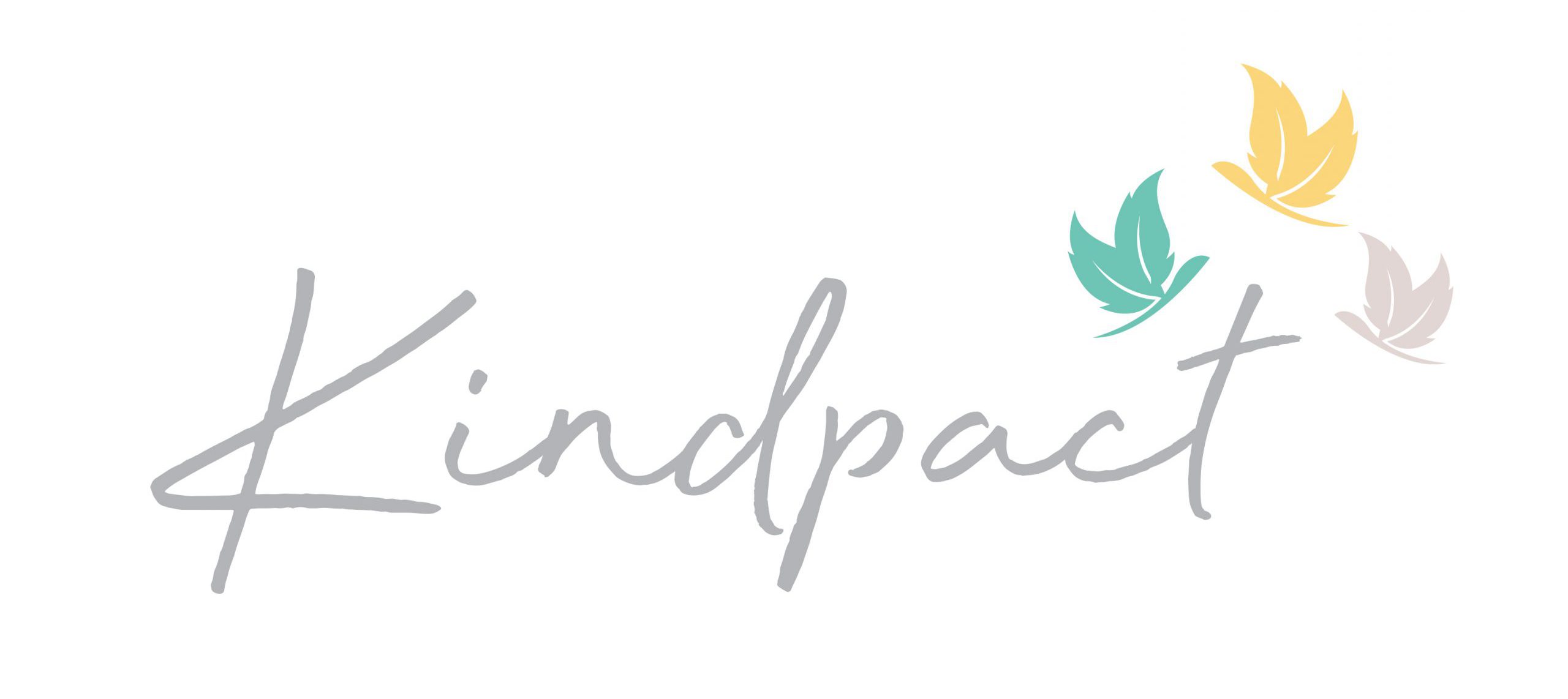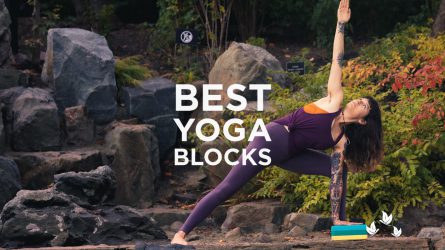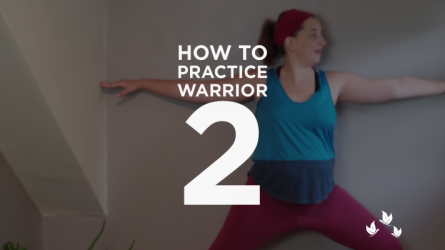When I teach in our 200-hour yoga teacher or CE trainings, assists for students often come up. There are two ways to complete assists: passive and active adjustments. The way to distinguish between the two types is from the point of the student. An active assist or adjustment in a yoga class is when a teacher uses verbal cues, a light tap, or slight directional movement and the student actively makes the assist by moving their body. As an example, in Warrior II an instructor brings his or her hand down towards the outside of the knee and asks the student how it would feel to externally rotate the thigh towards the hand. A passive assist is when the student becomes passive in the movement and their body is adjusted by the use of force by the instructor. Using the Warrior II example, this could be standing behind the student and placing the hands on the inner thighs and rotating them towards the instructor.
There is a hot debate among yoga instructors regarding assists. In my first training, which was therapy based before Yoga Alliance said we couldn’t say therapy anymore, it was highly discouraged. In my 300-hour training, which had more of a vinyasa based approach, we learned different techniques for the passive assists. In that environment–workshop based with clear and reciprocal communication between myself and another instructor every step of the way, a slow hands-on approach it felt great. However, when I took the classes as a regular student and came home to teach, it still didn’t feel right.
While I wouldn’t say that teaching passive assists is wrong, here’s a few reasons why I still personally do not teach students in my classes or teacher trainings passive assists.
Inadequate training and class time time
While Yoga Alliance does require a certain amount of hours towards anatomy– it’s only 20 hours and 10 of those can be non-contact. Unless we have students in the medical field, particularly physical or massage therapists, there isn’t enough time teach instructors safely on how to manipulate people’s bodies into a certain posture. There course time isn’t even enough to require teachers to have a complete understanding of the various systems in the body to pass a basic college anatomy class much less moving people’s bodies.
For anyone who has attended physical therapy sessions, PTs don’t just randomly manipulate the body in different directions, there’s conversation, participation, and discussion between the provider and the patient. In a yoga class, with the lack of training, inadequate information available regarding the student, going from mat to mat for a few seconds– sometimes just meeting the student only minutes before, doesn’t provide the time and attention some students need to communicate their needs or pain levels. This is especially true in classes where the environment typically doesn’t encourage talking during group classes.
We don’t know what’s going on with students
Often, I’ve heard yoga instructors say phrases to the effect of “How you show up on the mat is how you show up in life, so go as far as you can”. Well, imagine someone is going as far as they can in dandasana and then an instructor presses forward on the student’s lower back. We can cause harm to students– violating the first rung of yoga–ahimsa. As a student, I’ve learned how to listen to my body and go to my edge, only to have instructors press me further into the pose without my consent.
While there are instructors that ask before class if it’s okay to make adjustments, and for those who opt to facilitate passive assists this should be mandatory in every class, it makes the assumptions that students actually know what’s going on with their body and mind, that students are willing to voice their concern in a public forum, or that they don’t change their mind in the middle of class. A recent study has indicated yoga injuries are on the rise. While the study didn’t indicate if this was a result of the instructor, at the student level there would still be a lack of awareness of their own bodies limitations to prevent injury.
In the cases of trauma, particularly individuals who have experienced sexual trauma, they can exhibit an extreme fear of being touched. If they don’t mention it at the beginning of class or an instructor makes the very easy mistake of forgetting, passive adjustments can be incredibly triggering. During one training session I attended, we were taught to place our hands between the thighs during downward facing dog and pull back towards our bodies. I could only imagine, as someone who’s personally experienced sexual trauma, how unnerving this could be only to be stuck in class for another 45 minutes feeling violated.
It takes the awareness and ownership away from the students
As a personal choice for teaching, I try to use asana as a way to get students into their bodies and become aware of it. Nothing makes me happier than when I hear students they started practicing at home. If I were to manipulate their bodies to take an asana further, I’m limiting their ability to gain confidence and awareness to do it on their own.
By using thoughtful instruction, particularly the with the use of props, we can teach students how to make their own self-adjustments.
Why is this necessary?
Often when working with students, I ask– “What are you doing?”. Not in a judgemental way but as a general question to get student’s to do a deeper inquiry of themselves. For example, most teachers have experienced teaching trikonasana to a class of students who are so eager to get their lower hand on the floor that the point of the posture is completely lost, regardless of the visuals, cues, demonstrations. The simple question of “What are you doing?” allows students to ask themselves that question– why am I putting my hand on the floor? Where am I feeling this in my body? What is the point of this pose?
As instructors, it is important to ask ourselves “Why am I doing this?”. Perhaps there could be very good reasons geared to each individual student’s personal intentions clear and stated and permission given every single time. However, if the question cannot be clearly answered without knowing the individual student on more than a surface level– “Why am I doing this?” should be thoughtfully considered an examined. If an active adjustment can be used instead, what’s the reason for not doing it knowing there’s the potential to cause harm to the students?



